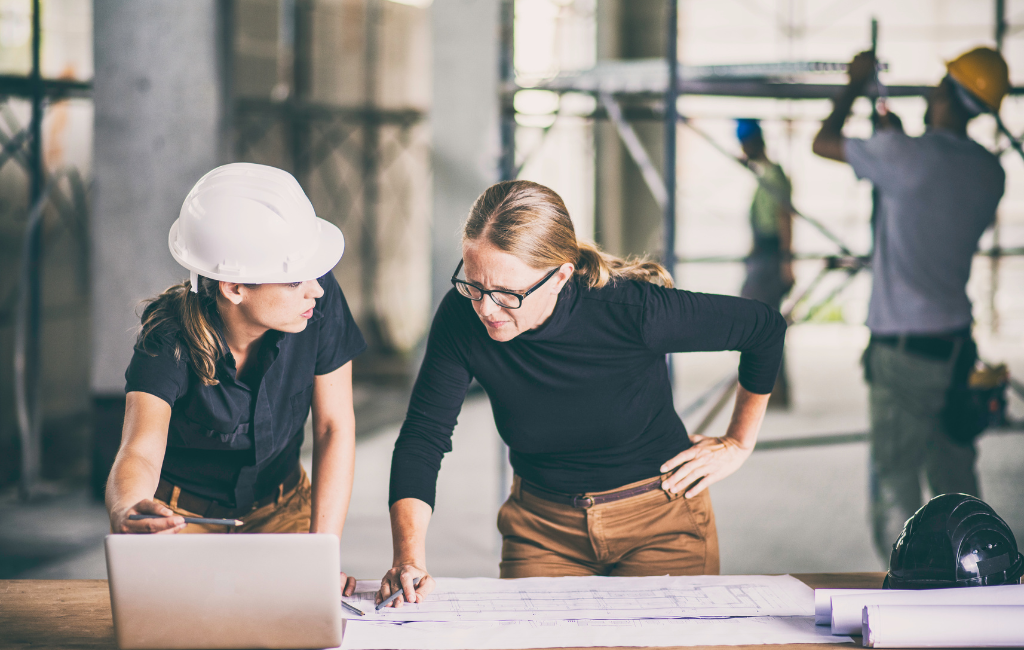Architect Designs for Modern Aesthetics
Modern architecture has evolved significantly over the past few decades, reflecting changes in technology, culture, and environmental awareness. This article explores the key elements that define modern architectural aesthetics, supported by examples and case studies.
Key Elements of Modern Architectural Design
Modern architecture is characterized by several distinct elements that set it apart from traditional styles. These elements include:
- Minimalism: Emphasizing simplicity and clean lines.
- Open Floor Plans: Creating spacious, flexible living areas.
- Integration with Nature: Blending indoor and outdoor spaces.
- Use of Modern Materials: Incorporating glass, steel, and concrete.
- Sustainability: Focusing on eco-friendly and energy-efficient designs.
Minimalism
Minimalism in architecture focuses on simplicity, functionality, and the elimination of unnecessary details. This approach creates a sense of calm and order, making spaces feel more open and inviting. A prime example is the Farnsworth House by Ludwig Mies van der Rohe, which features clean lines, open spaces, and a lack of ornamentation.
Open Floor Plans
Open floor plans are a hallmark of modern design, promoting a sense of flow and connectivity within a space. This layout removes barriers between rooms, allowing for more natural light and better interaction among occupants. The Eames House by Charles and Ray Eames exemplifies this concept, with its open, flexible living areas that adapt to the needs of its inhabitants.
Integration with Nature
Modern architecture often seeks to harmonize with the natural environment, creating a seamless transition between indoor and outdoor spaces. This can be achieved through large windows, sliding glass doors, and the use of natural materials. Fallingwater by Frank Lloyd Wright is a quintessential example, with its cantilevered design that extends over a waterfall, blending the structure with its surroundings.
Use of Modern Materials
The use of modern materials such as glass, steel, and concrete is a defining feature of contemporary architecture. These materials allow for innovative designs and structural solutions that were not possible with traditional building methods. The Glass House by Philip Johnson showcases the potential of these materials, with its transparent walls and minimalist structure.
Sustainability
Sustainability has become a central focus in modern architectural design, driven by the need to reduce environmental impact and promote energy efficiency. Architects are increasingly incorporating green building practices, such as passive solar design, green roofs, and the use of renewable materials. The Bullitt Center in Seattle is a leading example of sustainable architecture, designed to be one of the greenest commercial buildings in the world.
Case Studies of Modern Architectural Designs
Several contemporary buildings exemplify the principles of modern architectural aesthetics. These case studies highlight the innovative approaches taken by architects to create functional, beautiful, and sustainable spaces.
The Shard, London
The Shard, designed by Renzo Piano, is an iconic example of modern architecture. Standing at 310 meters, it is the tallest building in the United Kingdom. The Shard’s design features a glass façade that reflects the sky and surrounding cityscape, creating a dynamic visual effect. Its mixed-use layout includes offices, residences, a hotel, and public viewing galleries, demonstrating the versatility of modern design.
One Central Park, Sydney
One Central Park, designed by Jean Nouvel and Patrick Blanc, is a striking example of sustainable architecture. The building features a vertical garden that covers its façade, providing natural insulation and improving air quality. The innovative use of greenery not only enhances the building’s aesthetic appeal but also contributes to its environmental performance.
Vitra Campus, Germany
The Vitra Campus in Weil am Rhein is a showcase of modern architectural design, featuring buildings by renowned architects such as Frank Gehry, Zaha Hadid, and Tadao Ando. Each structure on the campus reflects a unique approach to modern aesthetics, from Gehry’s deconstructivist Vitra Design Museum to Hadid’s fluid and dynamic Fire Station.
Statistics and Trends in Modern Architecture
Modern architecture continues to evolve, driven by technological advancements and changing societal needs. Some key trends and statistics include:
- Green Building Growth: The global green building market is expected to reach $364.6 billion by 2022, reflecting the increasing demand for sustainable design.
- Smart Buildings: The integration of smart technologies in buildings is on the rise, with the global smart building market projected to grow to $109.48 billion by 2026.
- Urbanization: As urban populations grow, architects are focusing on creating high-density, mixed-use developments that maximize space and resources.
Conclusion
Modern architectural design is defined by its emphasis on minimalism, open floor plans, integration with nature, use of modern materials, and sustainability. Through innovative approaches and cutting-edge technologies, architects are creating spaces that are not only aesthetically pleasing but also functional and environmentally responsible. As the field continues to evolve, these principles will remain at the forefront of architectural design, shaping the built environment for future generations.
